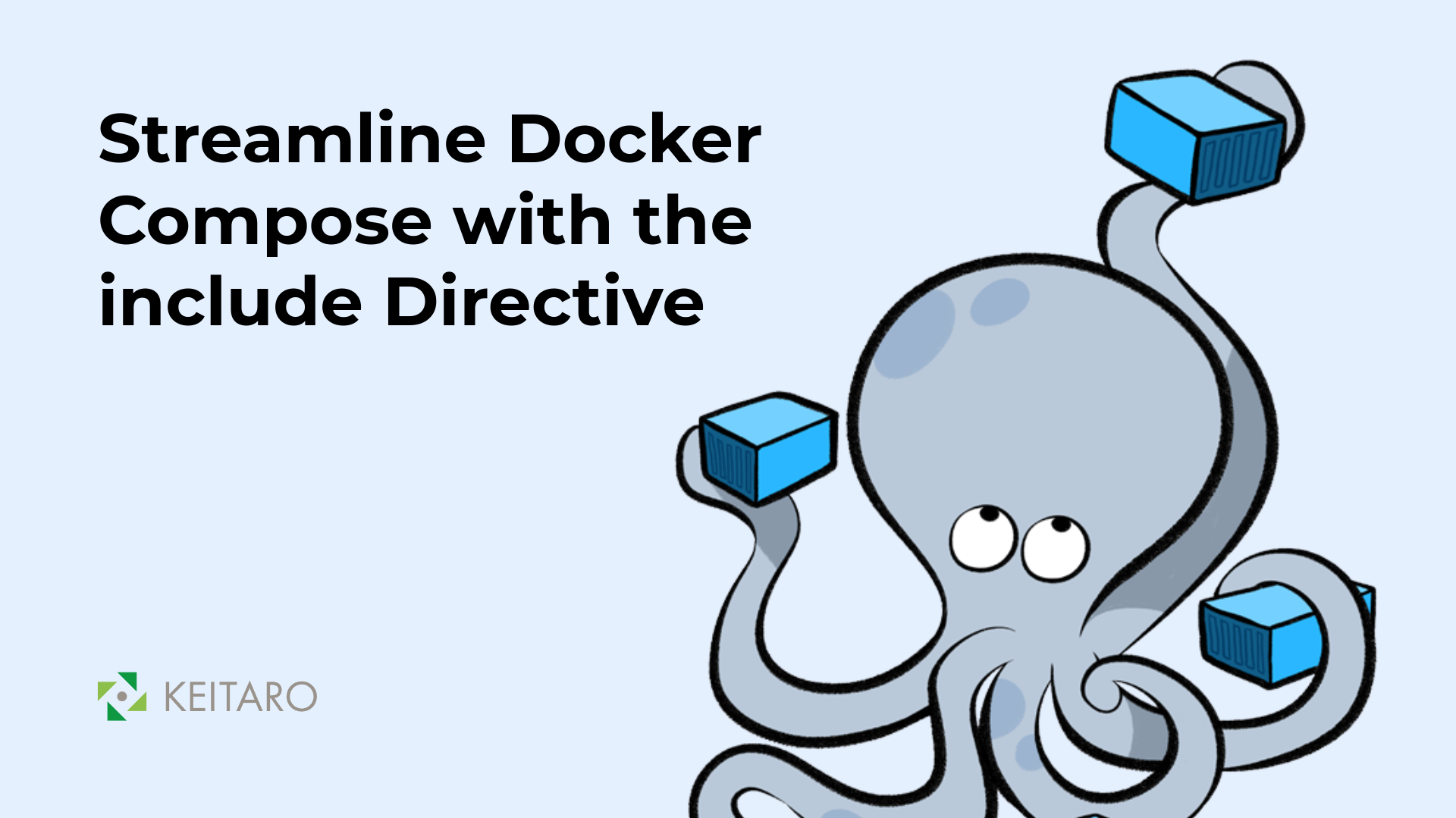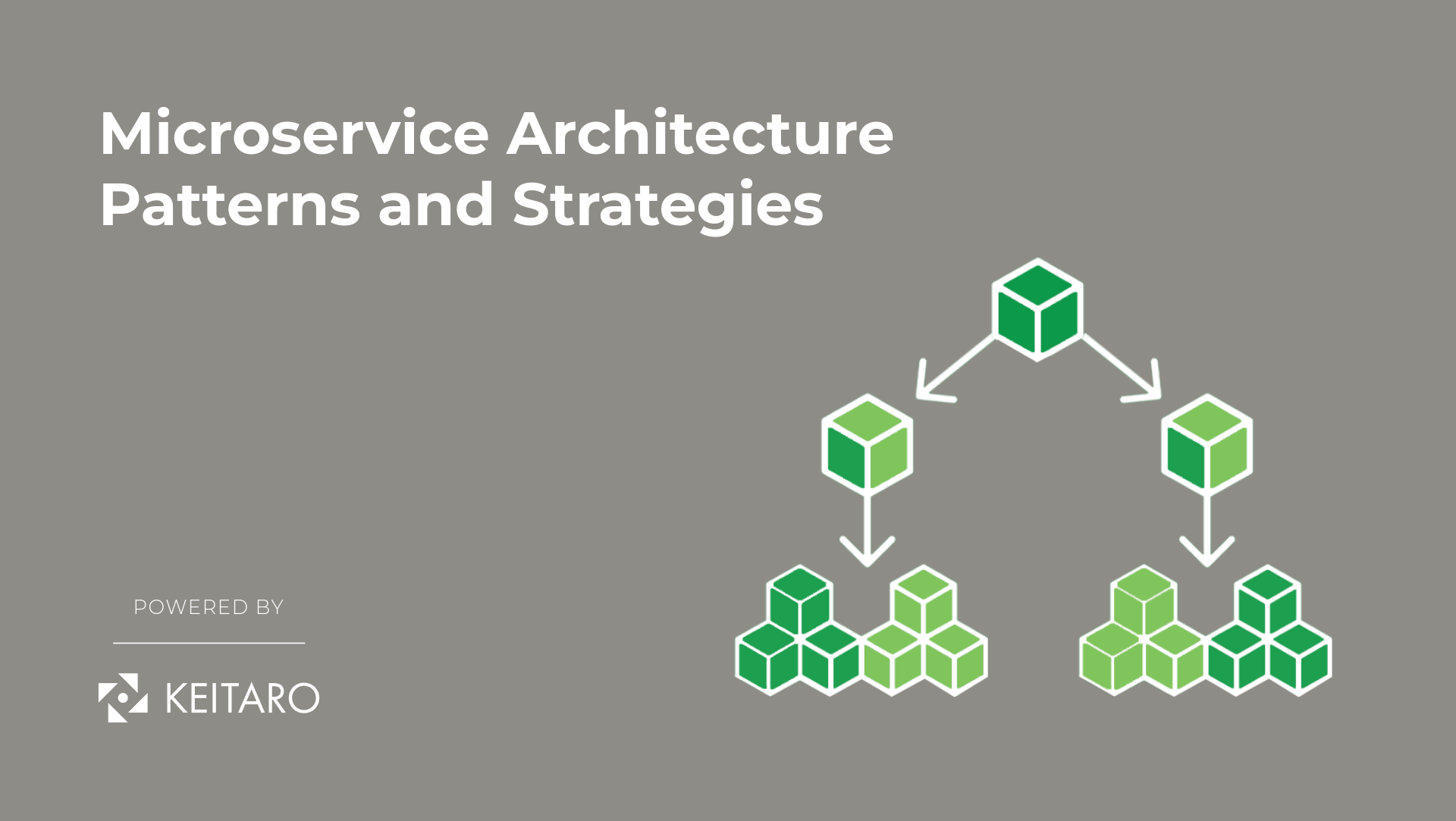If you have ever been a part of the software development world, you’ve probably heard of the concepts of continuous integration (CI) and continuous delivery (CD). In this article we are going to go over the basics of CI and CD as well as explain why CI/CD is important for your project.
What is CI/CD?
The term CI is short for Continuous Integration and the term CD is short for Continuous Delivery. Both these terms combined together embody a culture, a collection of practices and a set of operating principles, which enable software development teams to deliver code changes more often than usual, but in a reliable manner. This whole operation combined is called CI/CD pipeline. CI/CD is considered one of the best industry practices in the software development world and is an essential principle of the agile methodology. The technical goal of CI/CD is to establish a pipeline, which enables a consistent and automated way of building, packaging and testing software applications. Apart from many other advantages that we are going to discuss in this article, CI/CD enables software development teams to meet the set standards for code quality, security, and accurately meet business requirements.
Advantages of CI/CD
There are countless benefits of opting for the CI/CD approach while developing your software application. Some of these include;
- One technical advantage of CI/CD approach is that it allows development teams to make smaller code changes than in the traditional approach. How this makes the life of a developer easy is that these code changes are simpler and easier to handle than huge chunks or deploying entire features at once. Also paired with CI/CD approach is continuous testing, which rigorously checks these small pieces of code and their compatibility with the entire codebase.
- CI/CD approach also enables a phenomenon called fault isolations, which refers to the practice of designing such a system that limits the scope of the negative outcomes in case an error occurs. This helps reduce the potential damage and makes the maintenance of the system easier. CI/CD approach ensures that fault isolations can be quickly detected and then implemented easily.
- Using the CI/CD approach helps you improve the test reliability of your system due to the bite-size and the specific changes introduced in the system. This allows more accurate +ve and –ve tests to be conducted.
- Software teams that utilize CI/CD approaches end up having a faster mean time to resolution (MTTR). The parameter MTTR helps measure the maintainability of the repairable features and gives information about the average time taken to fix a broken feature.
- If you focus on the points discussed before this, you will notice that everything in the CI/CD approach is geared towards making the development process faster. For example smaller code deployment to make deployment faster, faster mean time to resolution, etc. When all these factors are combined together they ensure that the release rate of the software application becomes faster as well. When a failure is detected in the system, it is repaired quickly and the updated version of the application is released. So faster release rates are only possible in a continuously moving system.
Final thoughts
There are countless other benefits of opting for the CI/CD approach, more than we can list in an article. Perhaps you will be able to better experience them when you implement this approach on your projects. The bottom line is that CI/CD is less an approach and a coding strategy and more a philosophy and so you can truly only reap its full benefits when you fully dive into it.



